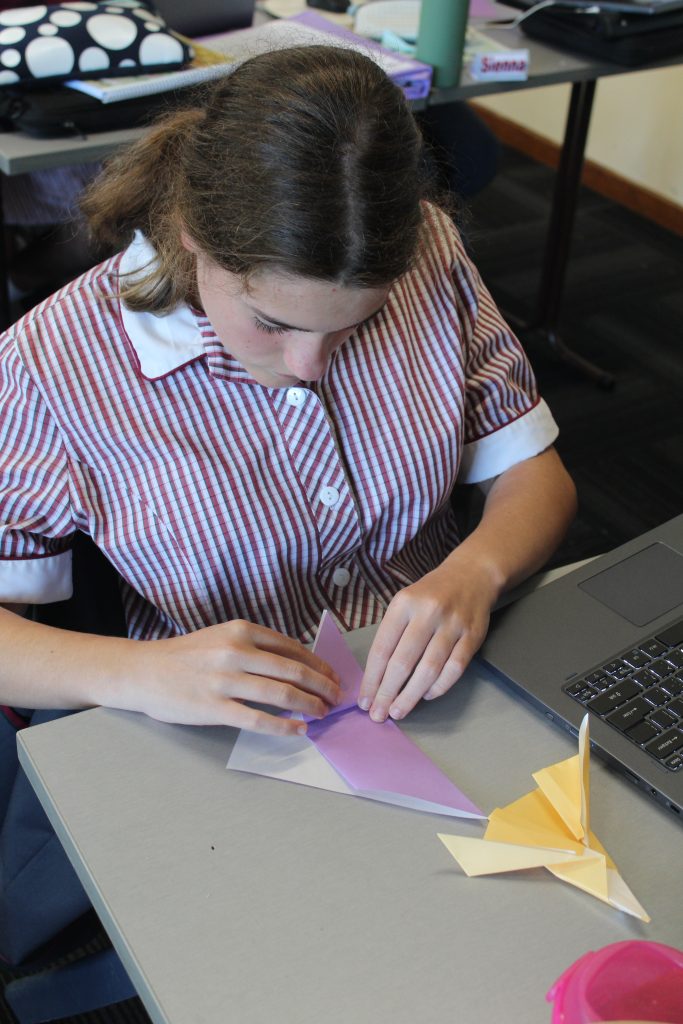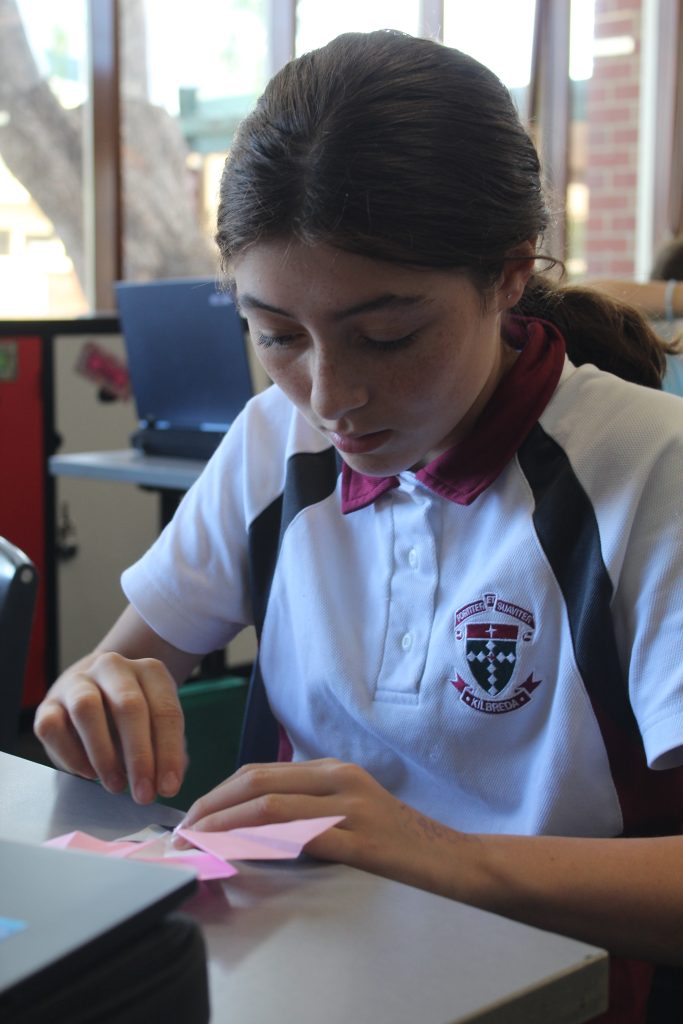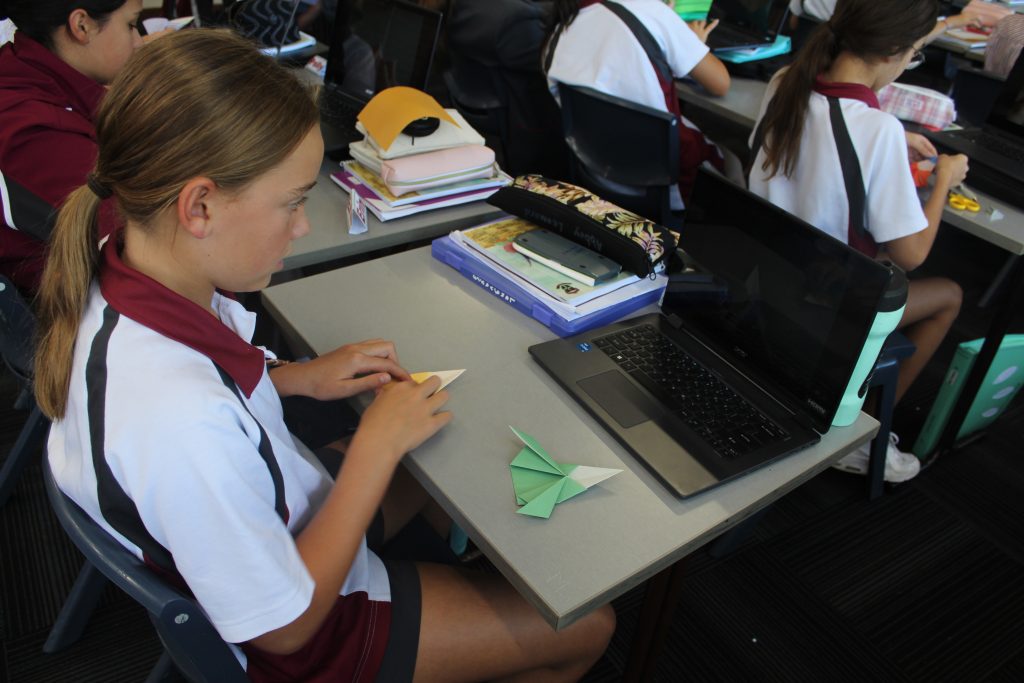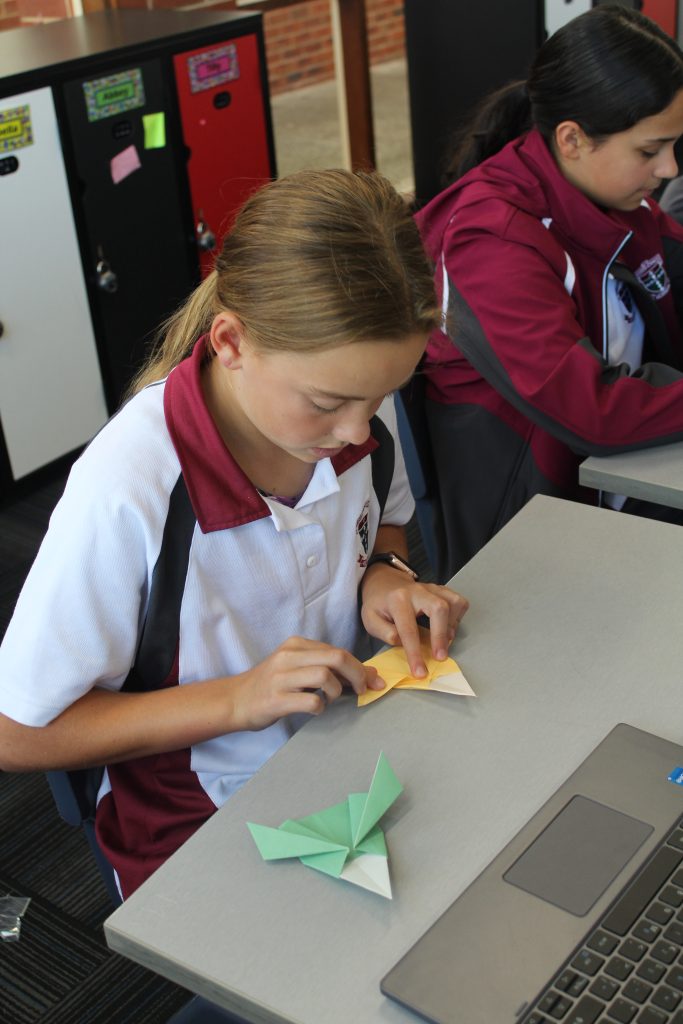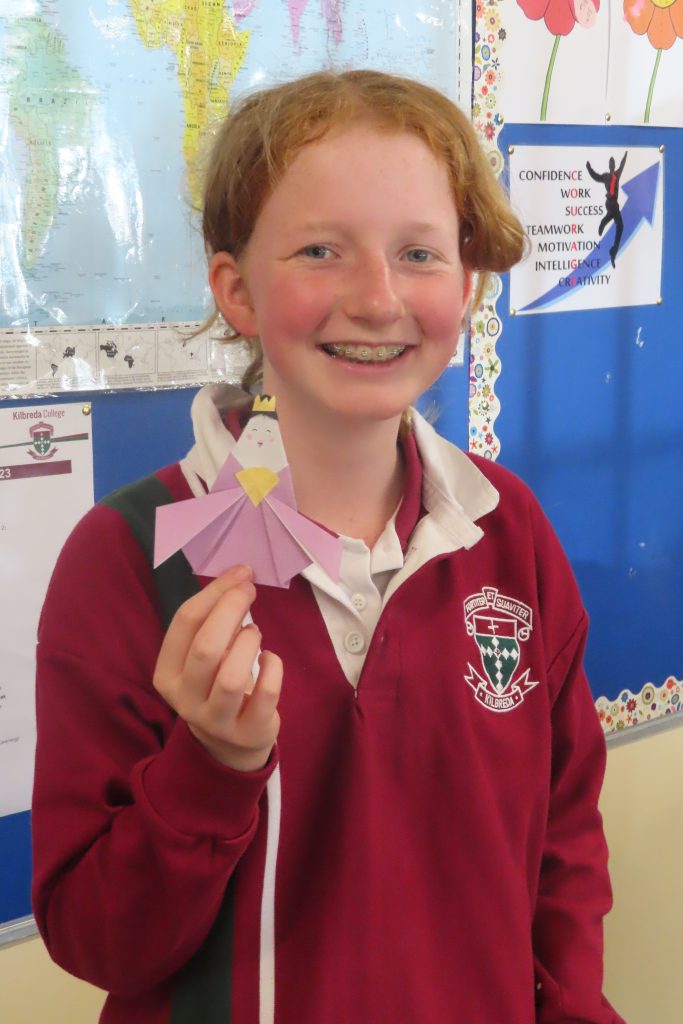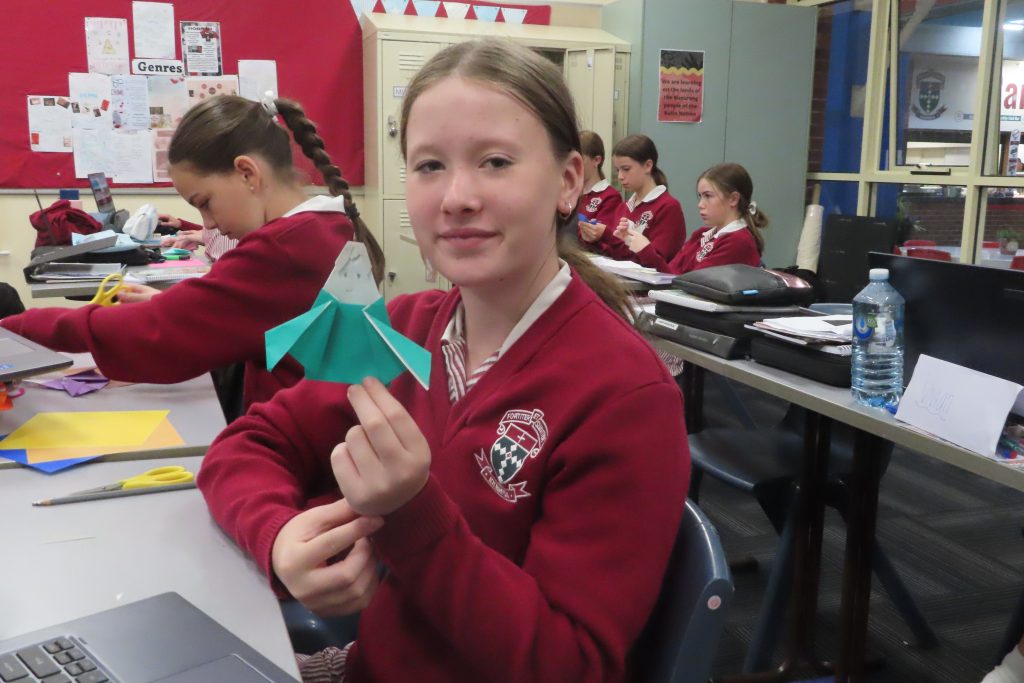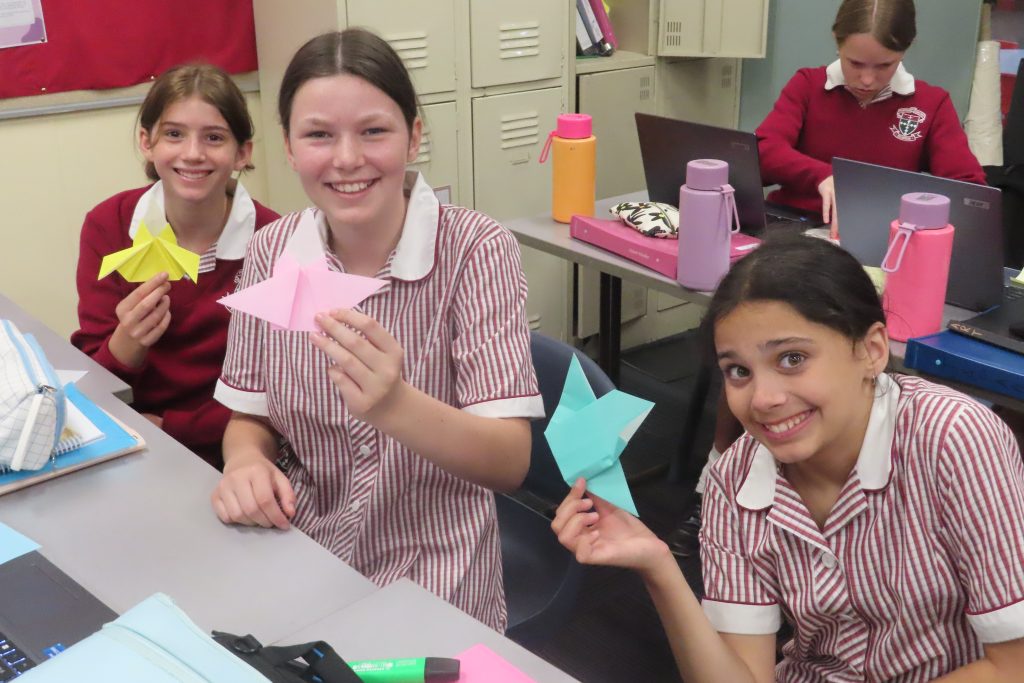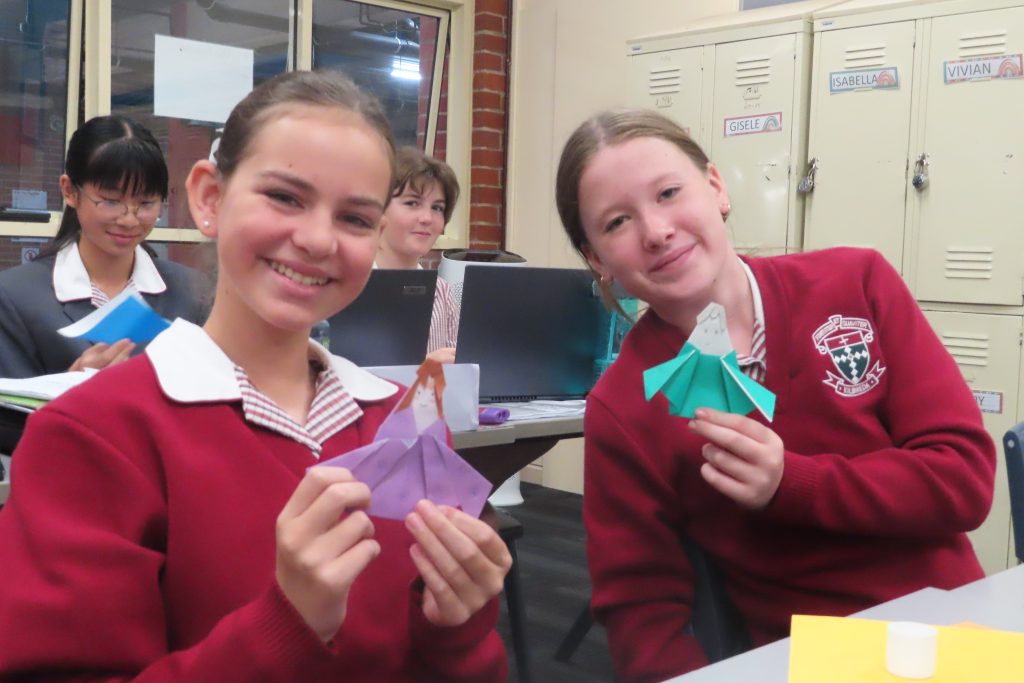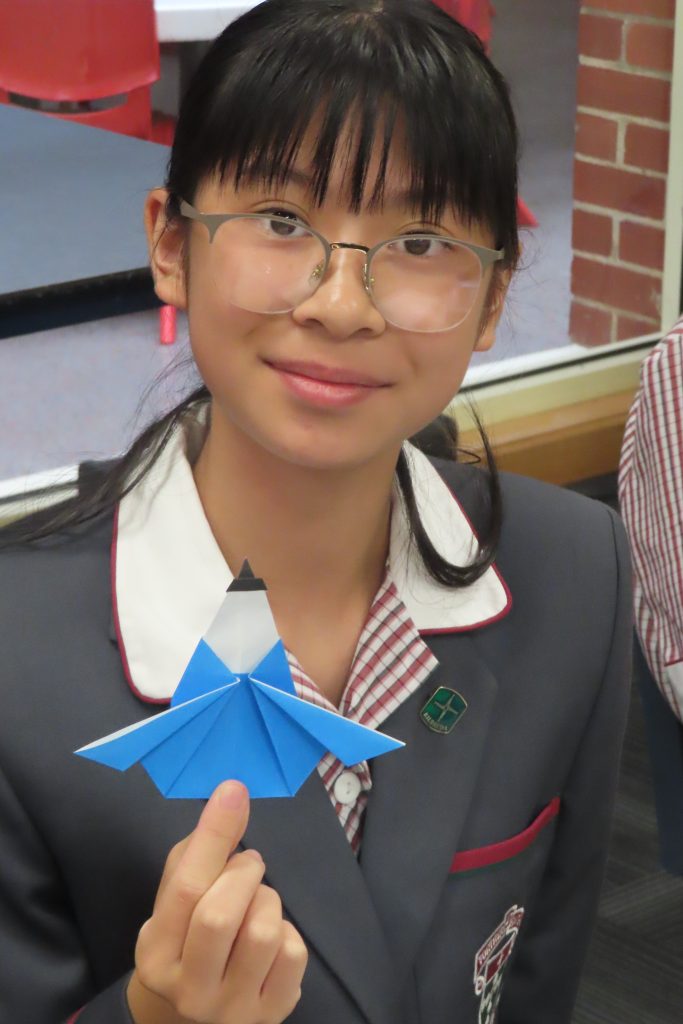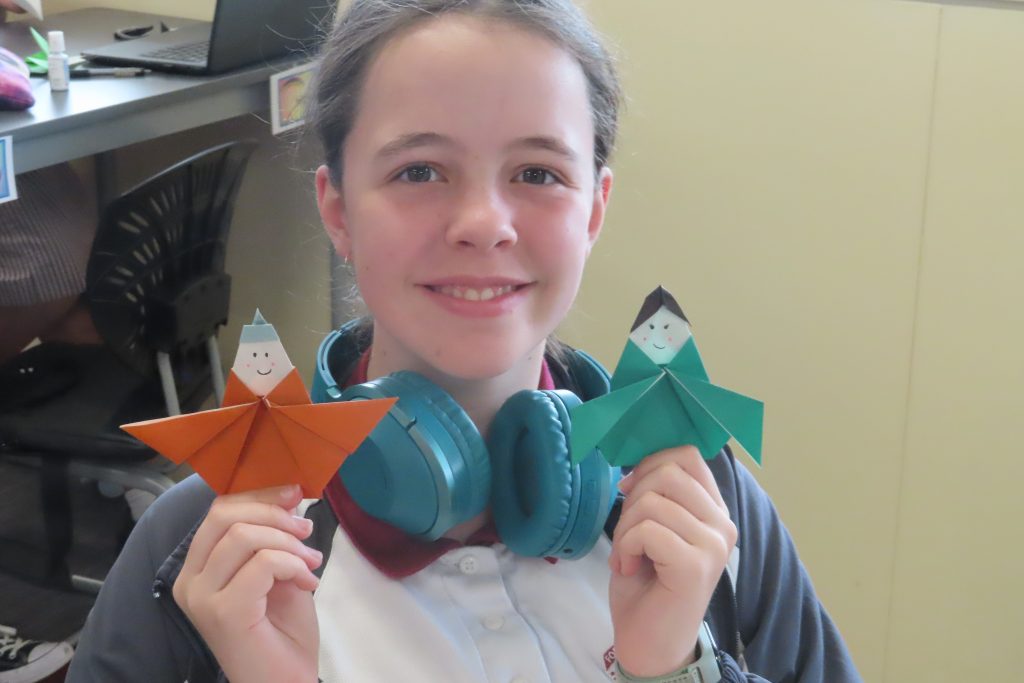Languages
A French Icon: La Marianne

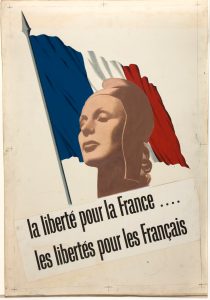
As we celebrated International Women’s Day on 8 March, for their cultural component, Year 9 French classes were introduced to an important French figure called: “La Marianne”.
La Marianne is a symbol of the French Republic and represents the French people’s values of liberty, equality, and fraternity (Liberté Egalité Fraternité).
She is usually depicted as a woman wearing a Phrygian cap, a symbol of freedom, and a tricolor dress, representing the French flag. Her image appears on many official documents, including French passports and government seals, and she is also featured on French Euro coins and stamps.
The Marianne figure has been an important symbol of the French Republic since the French Revolution in 1789, when the people of France overthrew the monarchy and established a democratic government based on these values and her image has been used in various forms throughout French history. She notably also inspired the statue of liberty that the people of France donated to the USA in 1885.


Over time, La Marianne has become a symbol of the struggle for women’s rights and gender equality, as well as the fight against patriarchal oppression. Many see La Marianne as a powerful symbol of female empowerment, the idea that women have the right to participate fully in society and to be treated as equal to men.
In recent years, La Marianne has been depicted in various ways to reflect the diversity of French society and the ongoing struggle for equality. For example, some versions of La Marianne show her with darker skin or wearing a hijab to represent the country’s multiculturalism and the importance of inclusivity in the feminist movement.
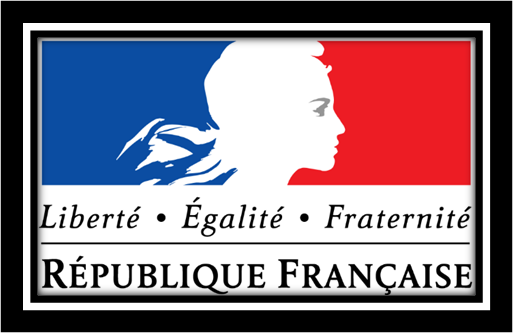
Giovanni Di Fabrizio
Learning Leader: Languages
Education Perfect Languages Championships
This year’s Education Perfect Languages Championships concluded at 4.00pm on 14 March. The Languages’ students enthusiastically participated in the week-long competition to achieve the global ranking of 41st place out of 2,532 schools!

The 26 students attained scores above 1,000 points in the competition, to earn awards at Bronze, Silver, Gold, Emerald and Elite levels!
Our top four students who reached the Elite level of 10,000+ points were:
| Emily Smith | Year 11 | 26,062pts 12th place globally |
| Sarah Bloomer | Year 12 | 21,815 15th place globally |
| Hannah Young | Year 11 | 10,082 points |
| Hannah Scofield | Year 11 | 10,000 points |

Other awards gained were three Emerald, three Gold, five Silver and 11 Bronze. All participating students who reached points above 1000 points will be receiving a medal or trophy, as well as a certificate of achievement from Education Perfect. Credit certificates will also be awarded to students who attained 500 to 999 points.
In Victoria, Kilbreda also achieved:
- 1st place – Japanese
- 10th place – Italian
- 25th place – French
- 7th place overall in Victoria!
Wonderful results for the College and our Languages’ students! Congratulations!
Languages Team
Year 7 and 8 Japanese
In Year 7 and 8 Japanese class, students did a Hinamatsuri (Doll’s Festival or Girls’ Festival on 3 March) activity. Here, they enjoyed making paper dolls with origami paper. Below they reflect on their experiences.
Hideaki Sakurai
Teacher
Student Reflections
Recently in Japanese, we have been learning about Hinamatsuri with our teacher, Sakurai sensei. Hinamatsuri is held every year on 3 March. It is also known as the Doll’s Festival or Girls’ Festival. Hinamatsuri is an annual festival in Japan, held to celebrate the health and happiness of female children and femininity in general. Families with young girls celebrate by displaying hina-ningyo. Hinamatsuri has lots of origami so we did an activity making origami hina dolls. We thought that it was really fun to do and the whole class really enjoyed it.
Paige and Sienna
Year 7
On Friday 3 March, it was Hinamatsuri. Hinamatsuri, also called Doll’s Festival or Girls’ Festival is a traditional event in Japan. Regionally they celebrate Hinamatsuri in different ways and styles. In some areas, Hinamatsuri is celebrated by constructing simple dolls made from straw or paper, placing them on boats and releasing them in a river. This ceremony, known as “Hina Nagashi” or “Nagashi bina”, was said to carry any bad luck or misfortune away, keeping girls safe and happy.
People celebrate by decorating with Hina dolls and peach blossoms and eat festive food such as chirashi sushi, clam soup and strawberry daifuku. The Hina doll displays normally have 5 to 7 layers and each layer represents different professions where they were ranked in the Heian time period, with the Emperor and Empress being the highest.
For Hinamatsuri, Sakurai Sensei showed us how to make origami dolls. We got to make them with our friends and it was really fun. It was quite challenging for me since we had to be very precise with each fold.
Vivian
Year 7



